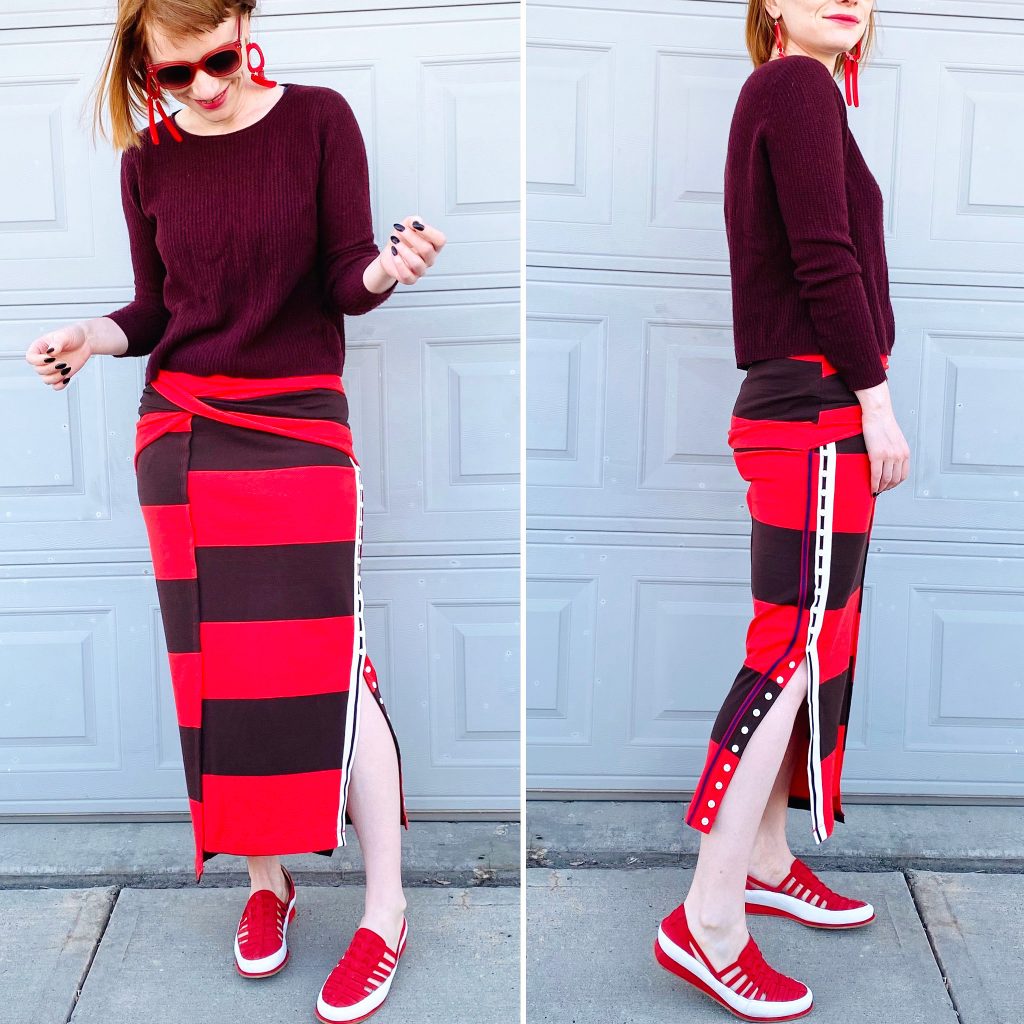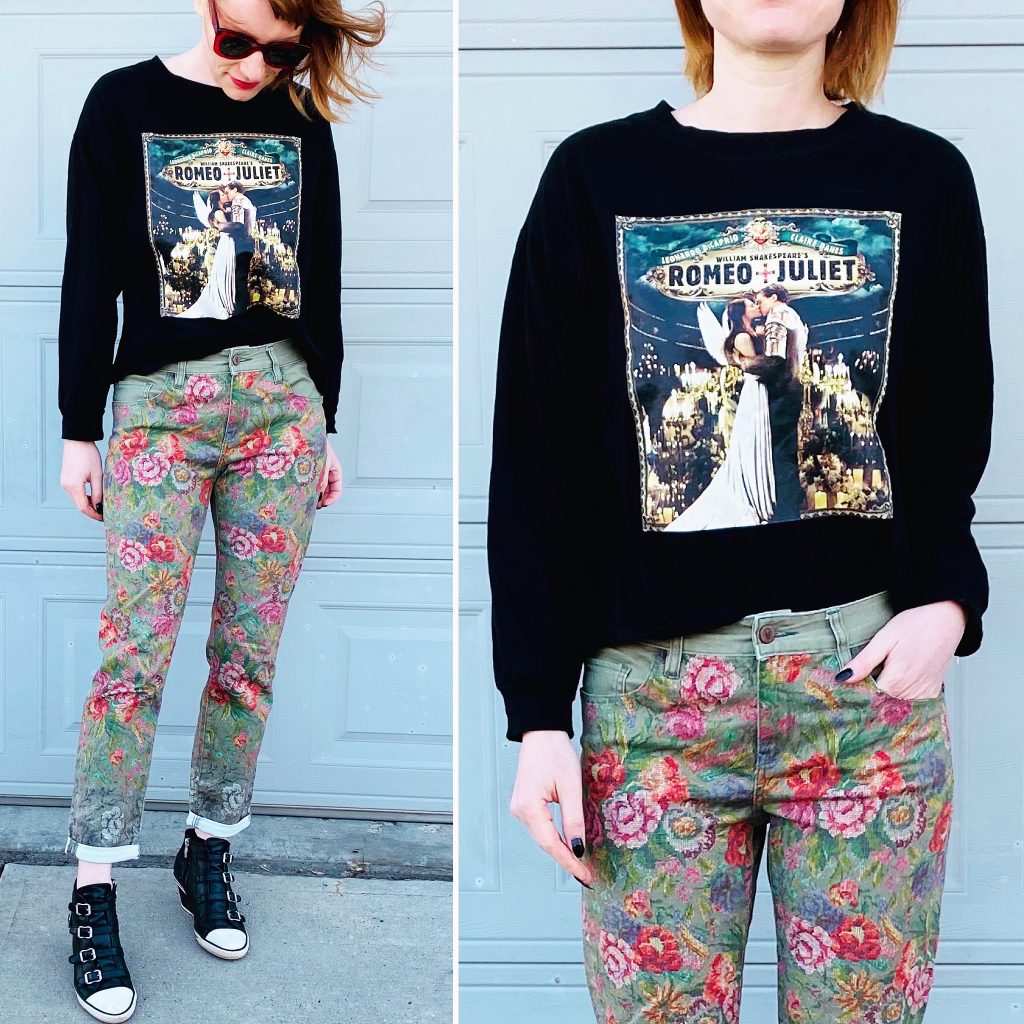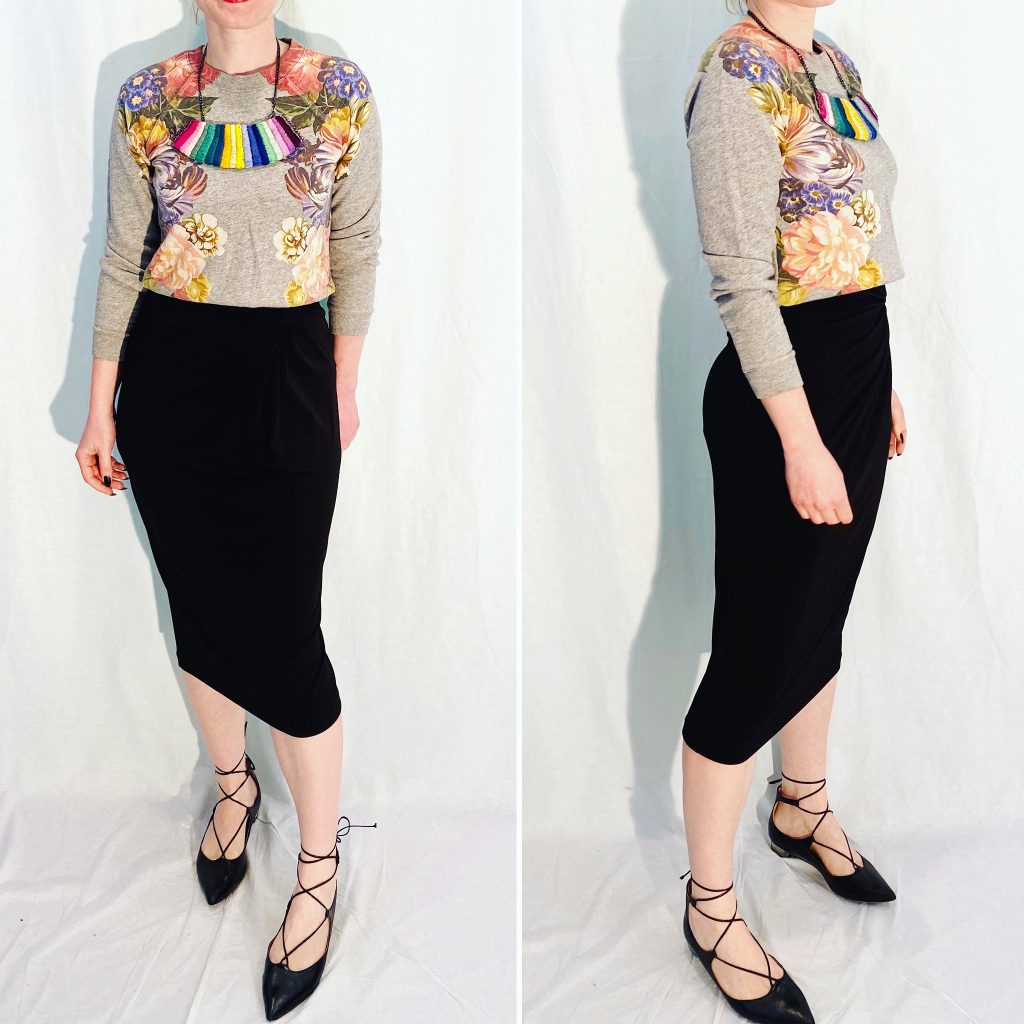This week marks the 10th anniversary of this blog. Like all milestones being celebrated this year, it’s a subdued affair. So much so that I only remembered with a few days to spare – enough to write this post and not much else. Back in the days when I still aspired to be a legitimate blogger, I would have tried to organize some sort of giveaway or otherwise mark the occasion in a similar blogworthy manner. But our relationship, dear readers, has been on a different footing for many years now and I think we understand each other. I can’t offer you a chance to win a Peloton bike; the only thing of (questionable?) value you’ll get here is the (doubtful?) pleasure of reading my ramblings.
On the upside, I’m not going to try to talk you into buying any hideous, crotch-mangling pants. And no poop tea.
With that eloquent introduction out of the way, let’s reminisce a little, shall we? I am, after all a Type 4, and nostalgia is balm to our soul.
I started this blog back in May 2010, a few months before my wedding. I want to say that it was a gentler, less complicated time which … at a personal level, might have been true … but then again, maybe it’s all nostalgia talking. Certainly, I had no kids at the time and now my oldest is almost as tall as me, and my youngest is going to start Grade 2 in the fall. These are things I know but still find hard to compute. So, from a purely personal and logistical point of view, things were less complicated. Was the world gentler or less complicated? I’m not sure. It feels like things have become progressively darker in the last decade, but maybe that’s my advancing age talking. I’m sure the current situation isn’t helping my perspective either.
One thing that was different for sure was my style. Whooo boy. A while back, I made my pre-2014 archives private so some of you may not have a real point of reference but … here, I’ve dug up some examples for you:
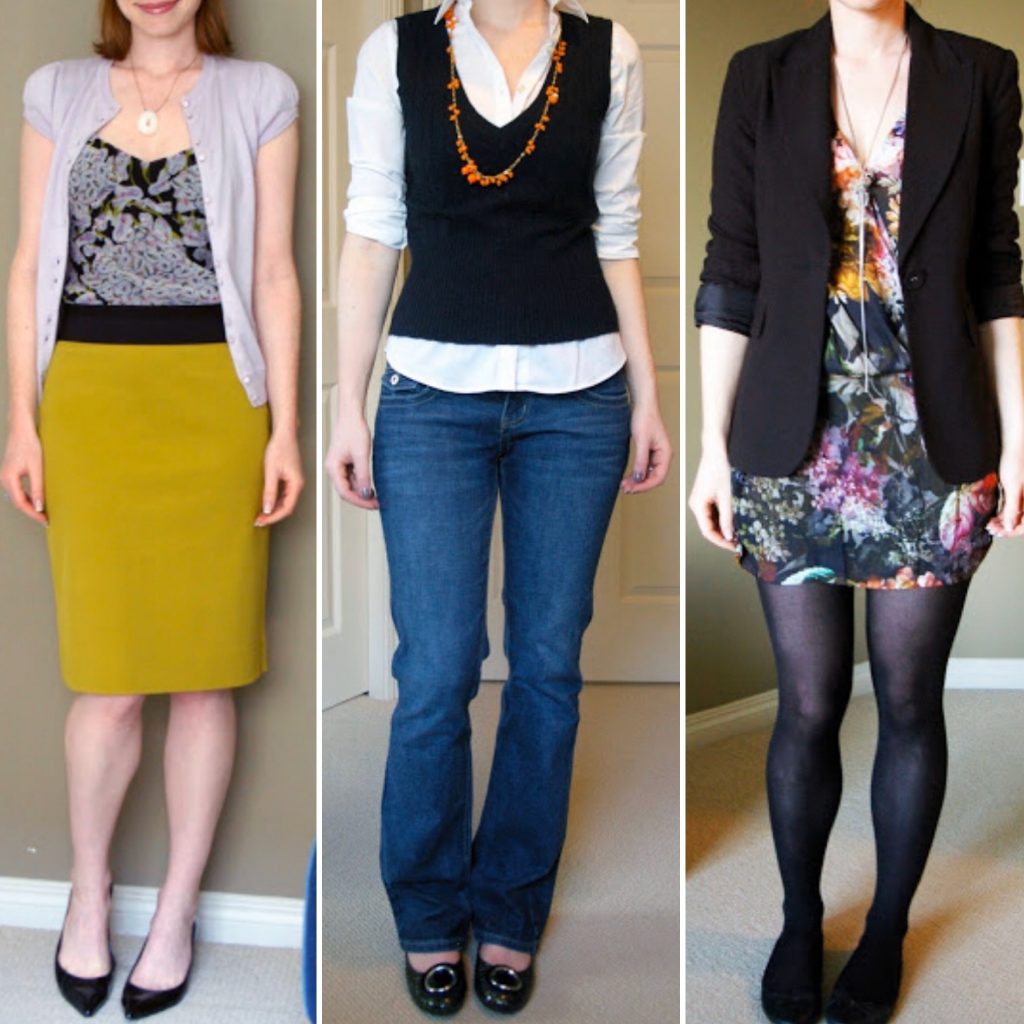
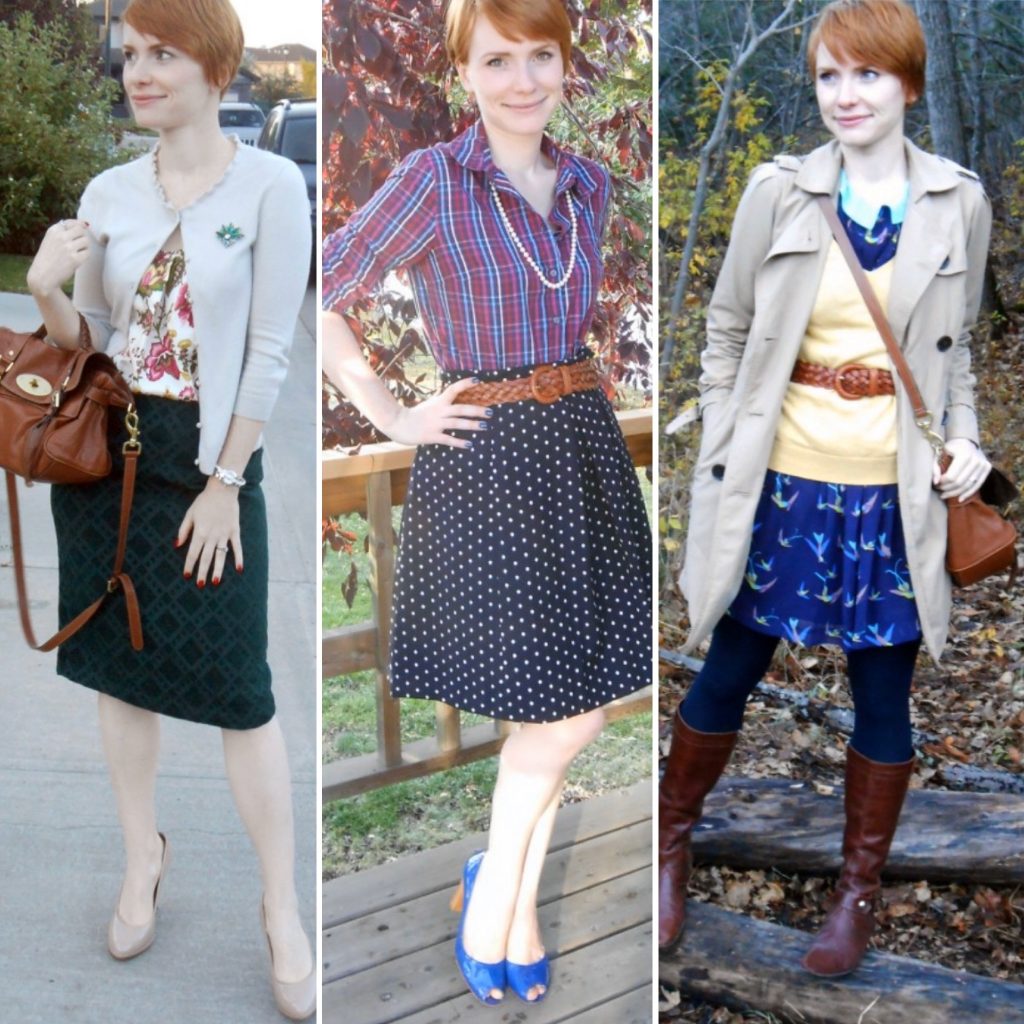
Who is that person even? No, I mean, seriously. It’s funny because I don’t necessarily feel like a different person day to day and then I look at photos like this and think, yeah I have changed. The clothes somehow make that obvious. I’ll be honest and say that the vast majority of clothes I wore 10 years ago – heck, even 5 years ago – are no longer in my closet. I would like to say that the clothes I wear now will fare better, but who knows. If clothing is a form of self expression, the notion of a “timeless” closet breaks down because our personalities aren’t timeless. We are not static. Nor is life in general. However, I know we cannot treat clothing as disposable, so I do everything I can to enjoy this hobby in a responsible and sustainable way.
Sustainability is important. It’s one of those things that has changed a lot since 2010. I started my annual clothing swap back in 2007, when it was still a relatively novel concept. I started it not because I was concerned about the environment, but because I loved clothes and didn’t have much money. I was lucky to find a group of women willing to give the idea a try with me because it wasn’t a familiar concept at all back then. Same thing with consignment; it was a truly little-known secret. I was lucky, again, because one of my friends introduced me to a couple of local stores, along with eBay. I never looked back. A few years later, making the transition to thrifting was easy. It’s been interesting to see the tidal shift towards secondhand shopping, especially in the last 5 years or so. I hope it’s a trend that continues and doesn’t get derailed by the flowdown impacts of the pandemic.
Another big shift, this time at the personal level, is my creative outlook. When I started this blog, writing was my main creative outlet. I still harboured secret hopes of being a (real) writer. Five years ago, I checked off the biggest item on my bucket list: I wrote a book. Actually, two and a half. It was a difficult, cathartic process. It was not life-changing in an obvious way – I didn’t sell my books and make a million dollars – but looking back, it did result in change. I felt an odd sense of relief. I was eventually able to let go of the disappointment of not being a “real” writer, the sense of failure that had plagued most of my adult life to that point. I started to channel my creative energy into other, more hands-on pursuits. First with embroidery, then more recently with painting. I found a new eloquence where before I had felt wrung dry of inspiration. But as my focus has increasingly shifted away from writing, this blog has gone into a kind of steady decline.
A couple of years ago (I think? I can’t be bothered to go back and check) I went on an extended hiatus for my mental health. When I came back, a good chunk of my audience was gone and I have never been able to replace it. To be fair, I haven’t tried especially hard to do so. I don’t have it in me to try to go viral, here or on social media. I have a career and professional reputation that I cannot afford to blow up, and besides I’m way too thin-skinned for viral fame. I don’t think blogging is dead, but it certainly doesn’t occupy the same place in the Zeitgeist that it did a decade ago. It has lost steam and so have I. I used to be diligent about keeping a regular and frequent posting schedule. I had lots of things to say. Now, I post most of it on Instagram which is, frankly, more convenient. But I am not ready to let this blog go. I like having my own domain, and I like having you – my readers, my community. I feel like I have gotten to know many of you through your comments over the years, which makes writing here feel like talking to old friends, not shouting into the algorithm. Who knows what the next 10 years will bring? But whatever it is, I’ll be here plodding along and trying to find my way. I hope you will join me, from time to time.

